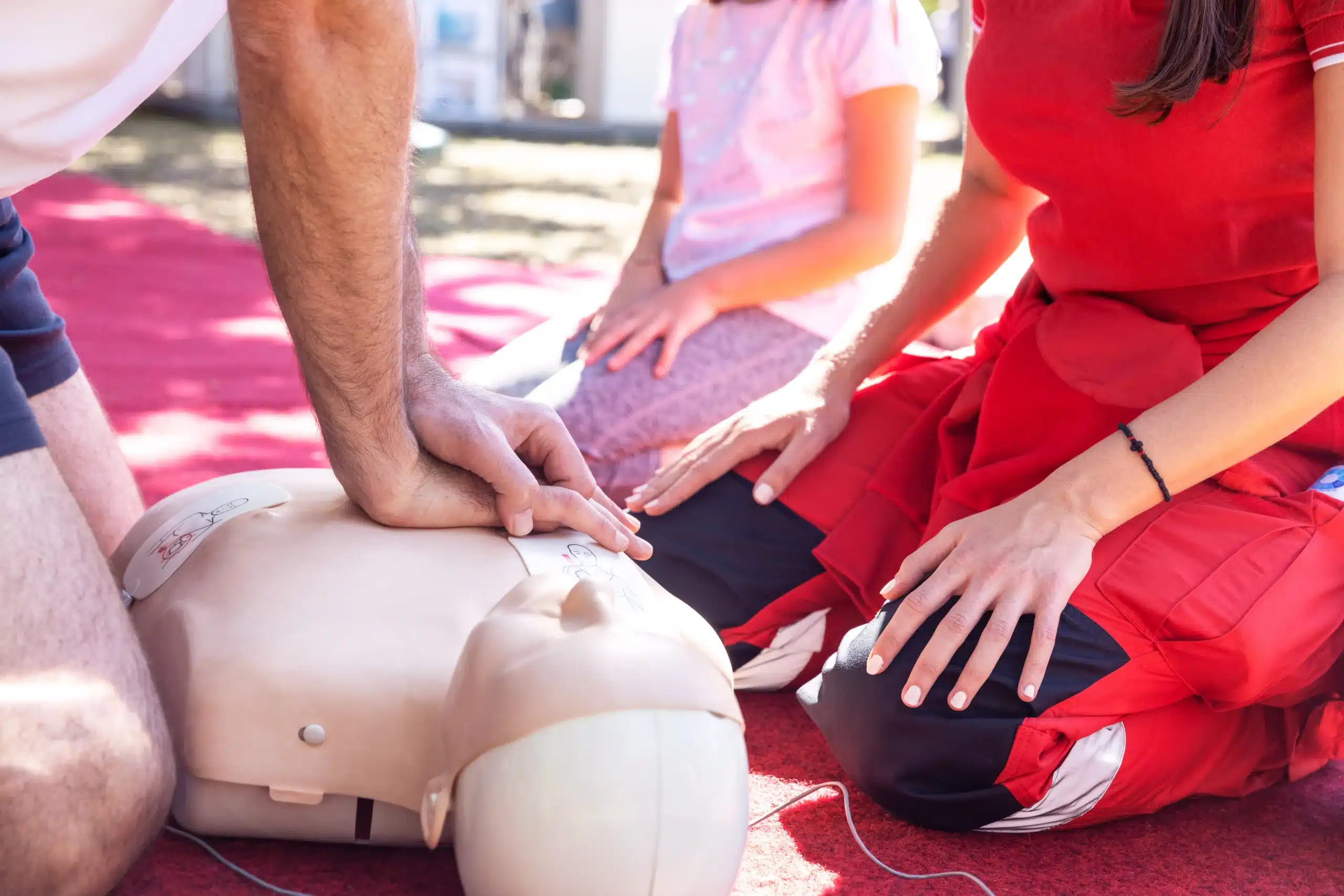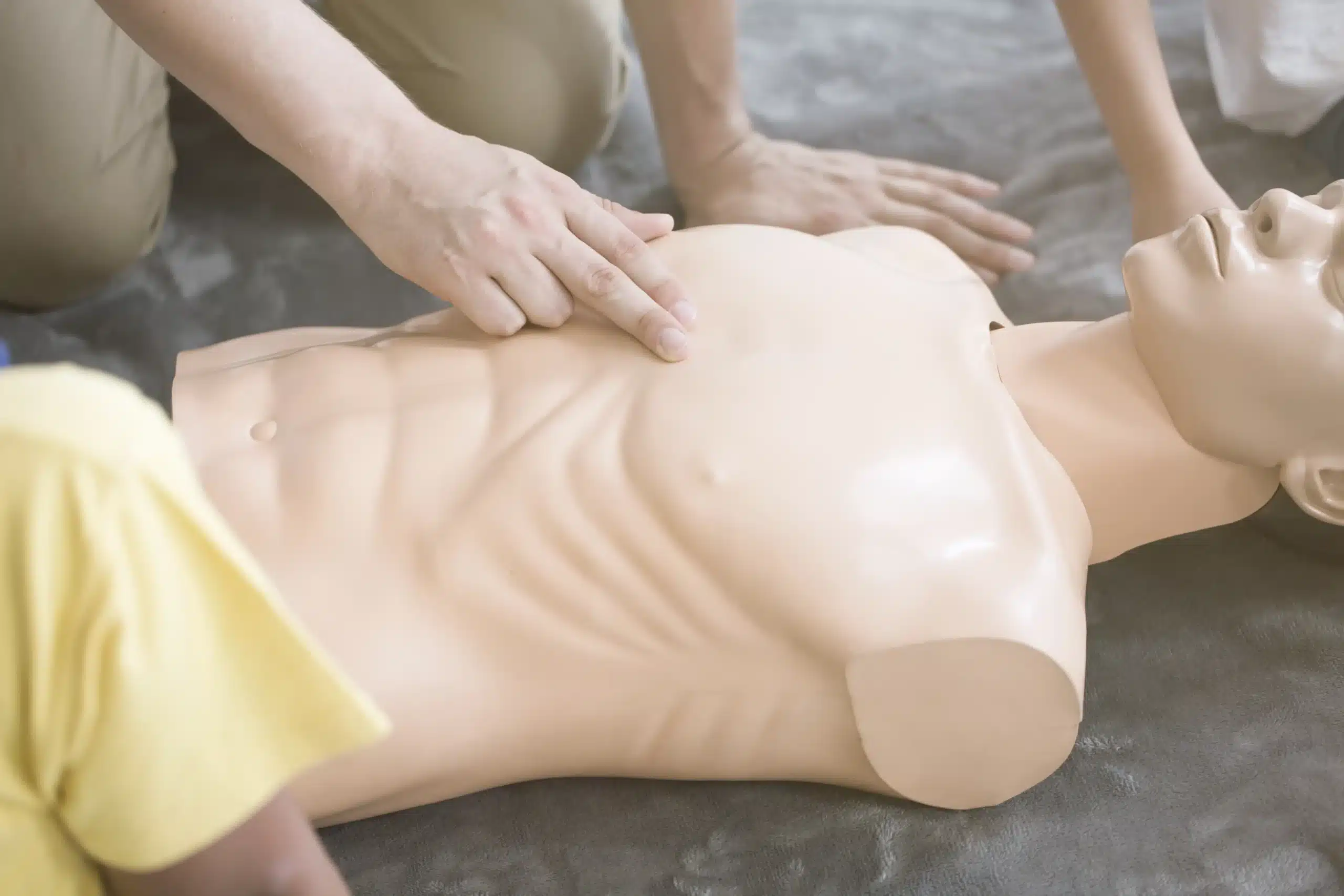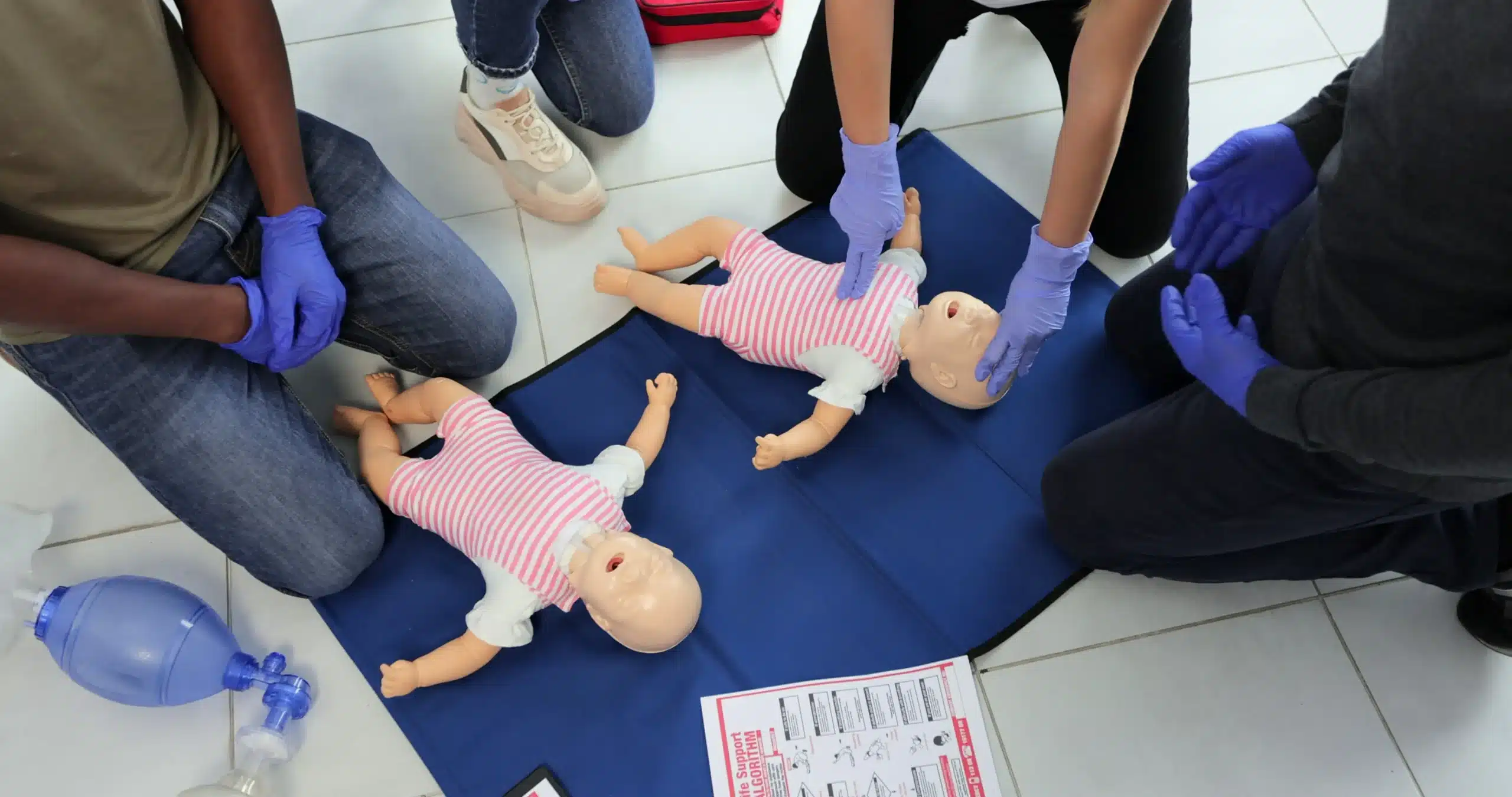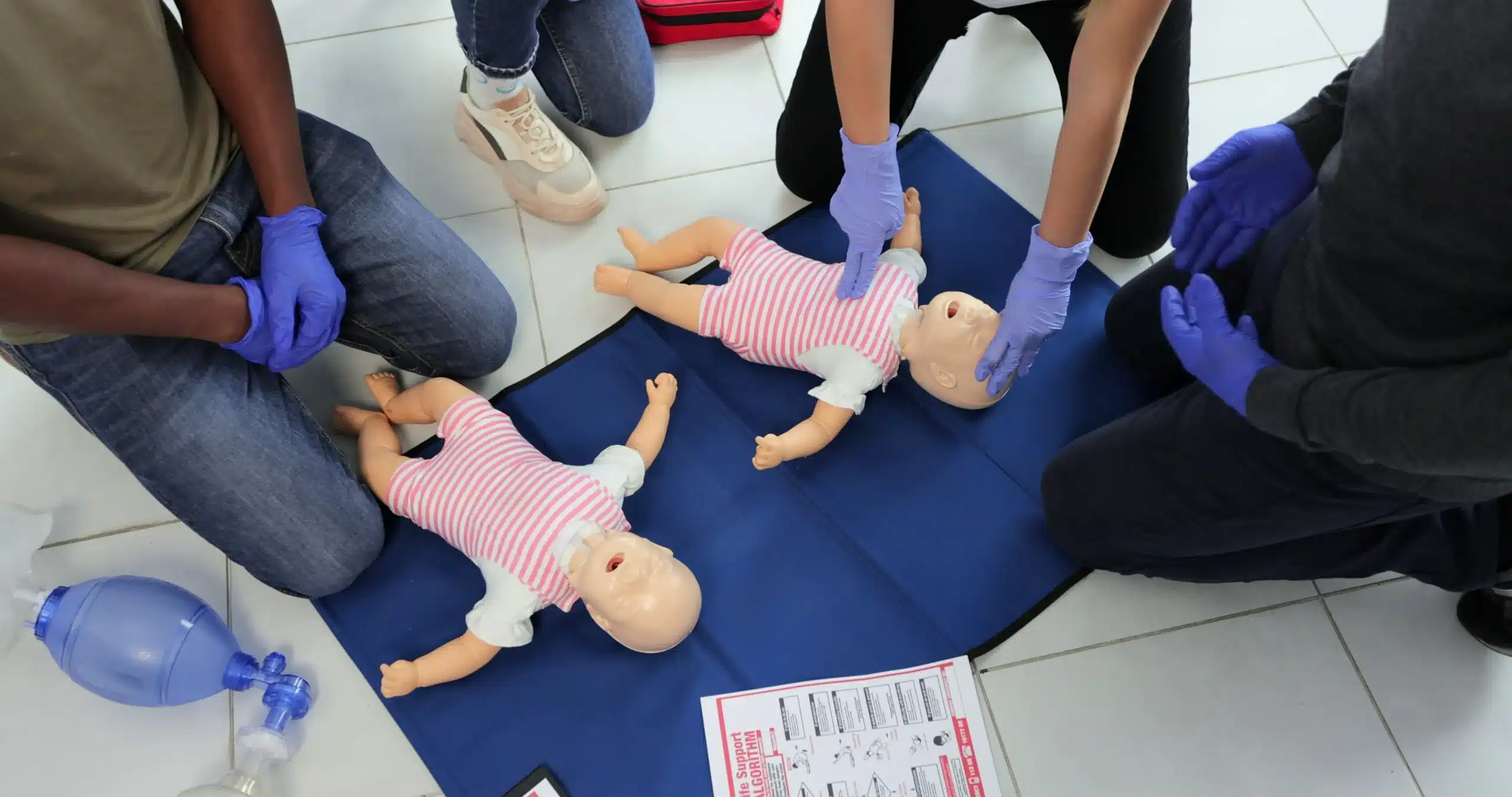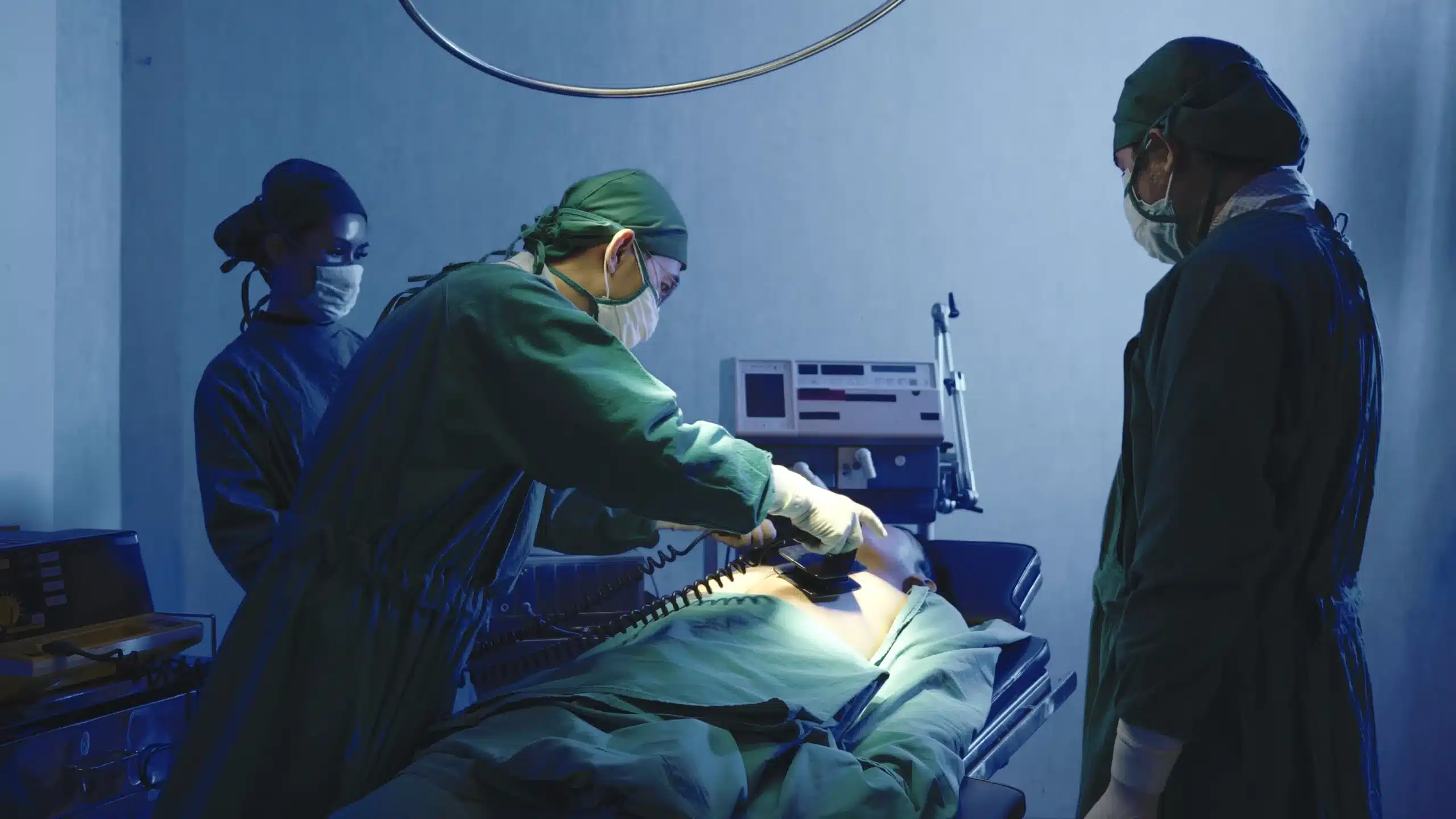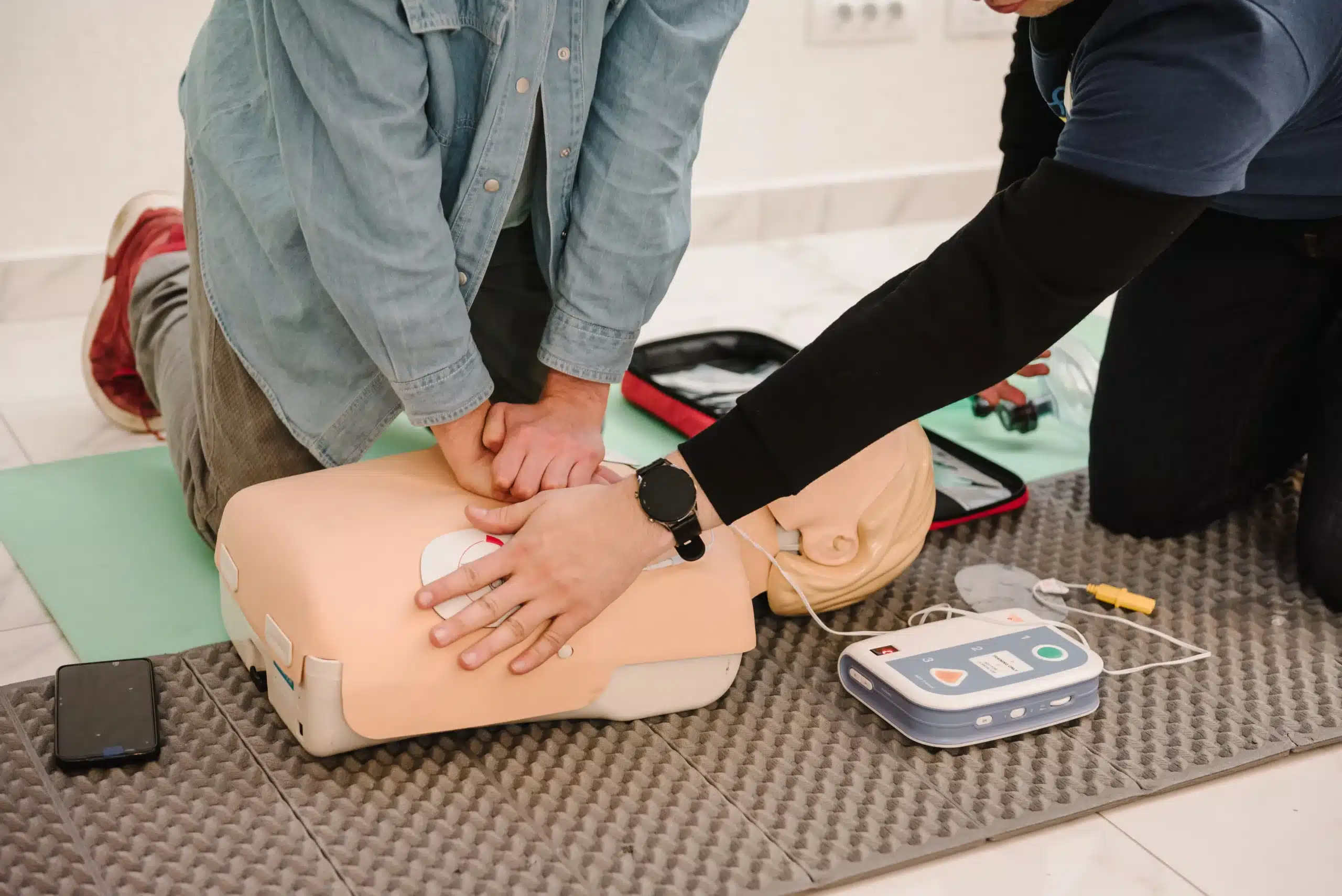Looking for BLS classes in Berkeley? You’ve come to the right place. This comprehensive guide covers everything from the basics of BLS certification to finding the perfect course for your needs. We’ll explore the importance of BLS training, the core skills you’ll learn, and the different class formats available, including in-person, online, and blended learning options. We’ll also break down the costs associated with BLS classes, discuss potential discounts, and offer tips for overcoming common training challenges. Plus, we’ll delve into the career benefits of BLS certification and provide practical advice for succeeding in your class and maintaining your skills. Whether you’re a healthcare professional, a student, or simply someone interested in learning life-saving skills, this guide will help you find the right BLS class in Berkeley and empower you to confidently respond to emergencies.
Key Takeaways
- BLS certification empowers you to save lives: Whether required for your job or not, BLS training provides essential skills to confidently handle medical emergencies like cardiac arrest, breathing problems, and choking.
- Finding the right BLS class involves a few key considerations: Think about your schedule, preferred learning style (in-person, blended, or online), and budget. Ask potential providers about instructor qualifications and available resources.
- Stay prepared by maintaining your certification: BLS skills require regular practice and renewal. Set reminders for your renewal date and explore resources to keep your knowledge and skills current.
What are BLS Classes & Why are They Important?
Basic Life Support (BLS) classes teach healthcare providers and first responders the skills to handle life-threatening emergencies. These classes go beyond CPR, covering how to manage sudden cardiac arrest, breathing problems, and choking. Organizations like the American Heart Association and the American Red Cross offer standardized BLS courses to ensure consistent, high-quality training. This prepares individuals to respond confidently and effectively in critical situations.
BLS training is essential for several reasons. Many healthcare jobs require a current BLS certification. It shows a commitment to patient safety and high-quality care, and staying up-to-date on the latest protocols and techniques can improve patient outcomes. Regular training and recertification, typically every two years, keeps these lifesaving skills sharp. Whether you’re a doctor, nurse, EMT, or another healthcare professional, BLS certification is a valuable asset. It demonstrates you’re prepared to act when it matters most.
Find BLS Classes in Berkeley
Finding the right BLS class can feel overwhelming, but several excellent providers serve the Berkeley area. Here are a few options to explore:
Safety Training Seminars
Safety Training Seminars offers various American Heart Association (AHA) courses, including BLS, ACLS, and PALS. They focus on providing high-quality training at competitive prices and offer same-day certification cards. Check their website for schedules and more information on their BLS certification courses. They also offer discounts for group classes.
American Red Cross
The American Red Cross is a well-known provider of BLS certification. They offer various learning formats, including in-person classes and blended learning (a combination of online and in-person instruction), allowing you to choose the style that best fits your needs.
Berkeley CPR Education Center
Berkeley CPR Education Center provides a range of AHA-certified courses, from basic CPR and First Aid to advanced certifications like BLS. They aim to offer flexible scheduling, including evenings and weekends, to accommodate busy schedules. Learn more about their BLS certification options. They also offer CPR and First Aid training.
UC Berkeley University Health Services
UC Berkeley University Health Services may also offer BLS classes. Contact them directly or check their website for the most up-to-date information on course availability and registration. University health services often cater specifically to their student and staff populations, but sometimes offer courses to the wider community.
BLS Class Formats & Duration
Choosing the right BLS class format depends on your learning style and schedule. Let’s break down the most common options: in-person, online, and blended learning.
In-Person Classes
In-person BLS classes offer hands-on training and direct interaction with an instructor. This format is ideal for those who learn best through tactile experiences and prefer asking questions in real-time. In-person training offered by Safety Training Seminars in Alameda, CA, provides AHA-certified BLS instruction. These classes typically run for several hours and cover essential skills like CPR, AED use, and how to relieve choking. Practicing on mannequins and working with other students creates a realistic training environment.
Online Options
For those with busy schedules or limited access to in-person training, online BLS certification is a viable option. Reputable providers offer legitimate online courses that meet AHA guidelines. Online learning allows you to study at your own pace and revisit materials as needed. However, online-only courses typically require a separate in-person skills session to complete your certification. You can learn more about online options through resources like Berkeley CPR Classes.
Blended Learning
Blended learning combines online convenience with hands-on practice. You’ll typically complete the cognitive portion of the course online, covering topics like CPR techniques and AED operation. Then, you’ll attend a shorter in-person skills session to demonstrate your proficiency and receive your BLS certification. This format offers flexibility while still ensuring you gain practical skills. The BLS Heartcode class is an example of this blended approach. The Resuscitation Quality Improvement (RQI) program is another option, popular among healthcare professionals for maintaining BLS, ACLS, and PALS certifications.
BLS Class Costs & Savings
Knowing the price range for BLS classes helps you budget and find the best value. This section breaks down average costs, potential discounts, and tips for finding affordable options.
Average BLS Class Prices
BLS renewal courses in Berkeley typically range from $75 to $120. Several factors influence the final cost, including the course format (in-person, online, or blended learning), the training provider, and included materials. For example, some providers like Berkeley CPR Classes offer a BLS course for around $120, covering the online coursework, skills test, and certification card. Compare prices from different providers to understand the market rate. You can usually find this information on their websites or by contacting them.
Discounts & Promotions
Many training centers offer discounts and promotions. Look for early bird discounts, student discounts, or special offers for healthcare professionals. Group registration discounts can be a cost-effective choice for workplaces or groups of friends. The American Heart Association provides resources for BLS renewal, including information on blended learning and instructor-led courses that may offer savings. Checking a provider’s website or subscribing to their newsletter can alert you to potential discounts.
Group Rates & Low-Price Guarantees
If you’re training with a group, ask about group rates. Many providers offer discounted per-person pricing for group registrations. This can lower the overall cost for everyone. Some companies, like Safety Training Seminars, offer a low-price guarantee in Alameda County, ensuring a competitive price. Combining group rates with a low-price guarantee can lead to significant savings. Flexible class times, including evenings and weekends, can also make group scheduling easier.
BLS Certification Prerequisites
Getting ready for your BLS class is straightforward. Here’s what you should know:
Age & Physical Considerations
There aren’t strict age limits for BLS certification. While healthcare providers often pursue this training, it’s valuable for anyone interested in learning life-saving skills. Safety Training Seminars offers flexible scheduling, accommodating various needs. This makes it easier for people with busy schedules or physical limitations to participate. If you have specific physical concerns, it’s always a good idea to discuss them with your chosen training provider beforehand.
Prior Knowledge
You don’t need prior medical knowledge to take a BLS class. The curriculum, including training on CPR and AED usage, starts with the basics and builds your skills from there. While previous experience can be helpful, it’s certainly not required.
Equipment & Materials
Your BLS class will provide all the necessary equipment and materials for training. This includes mannequins for CPR practice, AED trainers, and other demonstration tools. After completing the course, you’ll receive your official American Heart Association certification card, valid for two years. You don’t need to purchase anything in advance—just come ready to learn.
What Happens in a BLS Class?
This section outlines what you can expect during a typical BLS course, from the core skills covered to the hands-on practice and the assessment process for certification.
Core Skills
BLS classes equip participants with fundamental life-saving skills for responding to cardiac arrest and other emergencies. You’ll learn how to perform high-quality CPR on adults, children, and infants. The training also covers the appropriate use of an Automated External Defibrillator (AED) and how to administer rescue breaths with a bag valve mask. This comprehensive approach prepares you to confidently handle various emergency situations. For more information on CPR and First Aid certification, visit Safety Training Seminars.
Hands-On Practice
BLS classes prioritize hands-on learning, providing ample opportunities to practice the skills you learn. You’ll work with training equipment and realistic scenarios to build muscle memory and confidence in performing CPR and using an AED. Safety Training Seminars offers flexible scheduling options, including on-site training at your location. This practical, interactive approach ensures you’re comfortable applying these life-saving techniques in real-world situations.
Assessment & Certification
After completing the BLS course and demonstrating competency in the required skills, you’ll receive an official American Heart Association certification card. This certification is typically valid for two years and validates your training, signifying your readiness to respond to medical emergencies. Check out Safety Training Seminars for their low price guarantee. Remember to renew your certification before it expires to maintain your skills and credentials.
Career Benefits of BLS Certification
Getting your BLS certification is more than just learning a life-saving skill; it’s an investment in your career. Whether you’re a seasoned healthcare professional, just starting in the field, or working in any profession where knowing BLS can make a difference, this certification offers significant advantages.
Healthcare Professions
BLS certification is a cornerstone for many healthcare roles. It’s often a required credential for registered nurses, doctors, paramedics, emergency medical technicians, and other healthcare providers. These professionals regularly encounter situations where BLS skills are essential for delivering immediate and effective care. A BLS certification demonstrates your commitment to patient safety and preparedness to handle emergencies. It also shows potential employers you have the fundamental skills to work in a fast-paced healthcare environment. Even for those in non-clinical healthcare roles, like administrative or support staff, BLS certification can be a valuable asset, enhancing your skillset and making you a more versatile team member.
Career Advancement
A BLS certification can open doors to career advancement. For healthcare professionals, it can be a stepping stone to more specialized certifications like ACLS (Advanced Cardiovascular Life Support) or PALS (Pediatric Advanced Life Support). These advanced certifications often build upon the foundational knowledge and skills gained in BLS training. Maintaining a current BLS certification also demonstrates a commitment to ongoing professional development, which employers value. The American Red Cross highlights the value of BLS certification for improving patient care. This commitment to continuous learning can make you a more competitive candidate for promotions and new opportunities.
Improved Patient Care
Ultimately, the most significant benefit of BLS certification is providing improved patient care. BLS training equips you with the skills to recognize and respond to life-threatening emergencies, including cardiac arrest, respiratory distress, and choking. The American Red Cross explains how BLS goes beyond basic CPR, providing additional techniques for managing these critical situations. This knowledge and skillset can empower you to make a real difference, potentially saving someone from serious injury or even death. Knowing how to administer BLS can also increase your confidence and reduce anxiety in emergencies, allowing you to react quickly and effectively. This improved response time and quality of care can significantly impact patient outcomes.
Choose the Right BLS Class in Berkeley
Finding the right BLS class can feel overwhelming, but by focusing on a few key factors, you can easily find the perfect fit. Consider your schedule, preferred learning style, and budget to narrow down your options.
Factors to Consider
One of the biggest hurdles people face is finding the time for BLS training. Between work, family, and other commitments, setting aside time for a class can be tough. Look for providers like Safety Training Seminars that offer a variety of class times, including evenings and weekends. This flexibility can make all the difference in fitting training into your busy life. Also, think about how you learn best. Do you thrive in a hands-on, in-person environment? Or do you prefer the flexibility of online or blended learning? Choosing a format that aligns with your learning preferences can significantly impact your overall experience and how well you retain the information.
Questions for Providers
Before committing to a BLS class, don’t hesitate to ask potential providers some key questions. A good BLS provider offers more than just the course itself. Inquire about their instructors’ experience and qualifications. Are they certified American Heart Association instructors? Do they have a background in healthcare? Understanding the instructors’ expertise can give you confidence in the quality of the training. Also, ask about the resources they provide. The American Heart Association offers resources for BLS training, including options for blended learning and instructor-led courses. Knowing what’s included beyond the basic course materials can help you make a well-informed decision. Finally, ask about continuing education opportunities or refresher courses. Maintaining your BLS certification is crucial, so finding a provider who supports your ongoing learning is important.
Comparing Classes
Once you’ve gathered information from a few different providers, take some time to compare your options. Safety Training Seminars offers American Heart Association-certified BLS courses, ensuring you receive high-quality training. Look at the specifics of each course, including the format (online, in-person, or blended) and what the price includes. Costs can vary based on these factors, so understanding exactly what you’re getting for your money is essential. Don’t forget to check for any available discounts or promotions. Many providers offer group rates or discounts for certain professions, so it’s always worth asking. Finally, consider the location and accessibility of the training facility. A convenient location can save you valuable time and travel.
Overcome BLS Training Challenges
Let’s be honest: finding the time for professional development courses like BLS training can be a challenge. Between work, family, and other commitments, it can feel like there aren’t enough hours in the day. Cost can also be a factor, as can simply finding a course that fits your schedule. But with a little planning and the right resources, these hurdles are easy to overcome.
Manage Your Time
One of the biggest challenges people face is finding the time for BLS training. It’s understandable—we’re all busy. The key is to treat BLS training like any other important appointment. Block off the time in your calendar and commit to it. Think of it as an investment in your career and the well-being of those around you. Evenings and weekends can be great options if your weekdays are packed. Look for shorter, more intensive courses if you’re truly pressed for time. Safety Training Seminars offers a variety of course schedules to help you fit training into your busy life.
Course Availability
Finding a BLS course near you shouldn’t be a scavenger hunt. Look for training providers that offer a variety of class times to accommodate different schedules. Safety Training Seminars, for example, offers BLS courses on various days and times, including weekends, to make scheduling easier. Check their website for their current course schedule. You can also explore online or blended learning options, which often provide more flexibility. This allows you to complete the coursework at your own pace, fitting it in around your other commitments.
Cost Concerns
Yes, BLS training has a cost, but consider it an investment in your skills and career. Many providers offer discounts for groups, students, or returning customers. Safety Training Seminars has a low-price guarantee for their Alameda County courses, making quality training accessible. Don’t let cost be the barrier between you and this essential certification. Check with your employer—they may even cover the cost of your training. Investing in BLS training is investing in yourself and your capacity to help others.
Succeed in Your BLS Class
Getting ready for your BLS class involves a bit of planning, but it’s worth it to make the most of your training. These tips will help you prepare, learn effectively, and keep your skills sharp.
Prepare for Training
One of the first things to consider is your schedule. Finding the time for BLS training between work and other commitments can be tricky. Think about how much time you realistically have and look for a course that fits. Before your class, review any pre-course materials provided. This will give you a head start and help you feel more confident going in. Check out Safety Training Seminars’ BLS course options to find a schedule that works for you.
Maximize Learning
To really get the most out of your BLS class, come prepared to participate actively. Ask questions, engage in discussions, and take advantage of the hands-on practice. A good BLS provider offers more than just the course itself. The American Heart Association provides additional resources that can help reinforce what you learn in class. Don’t be afraid to connect with your instructor or classmates. Building a support network can make the learning process more enjoyable and effective.
Maintain Certification
Your BLS certification isn’t a one-and-done deal. To stay current with the latest guidelines and maintain your skills, you’ll need to renew your certification regularly. Set reminders for your renewal date so you don’t let it lapse. Safety Training Seminars offers American Heart Association-certified BLS renewal courses, making it easy to stay up-to-date. Consider incorporating regular practice sessions into your routine, even between renewals. This will help you keep your skills fresh and ensure you’re always prepared to respond in an emergency. You can also explore online resources and refresher courses to reinforce your knowledge and stay on top of any updates to BLS guidelines.
Related Articles
- BLS Training in Alameda: The Ultimate Guide – Alameda CPR Classes
- BLS for Healthcare Providers in Oakland: A Practical Guide – Alameda CPR Classes
- BLS Certification in Alameda: Your Complete Guide – Alameda CPR Classes
- Online CPR Classes in Berkeley: Your Complete Guide – Alameda CPR Classes
- BLS Renewal in Berkeley: Your Complete Guide – Alameda CPR Classes
Frequently Asked Questions
How often do I need to renew my BLS certification? BLS certification is typically valid for two years. It’s essential to renew before it expires to maintain your credentials and stay up-to-date with the latest guidelines.
What’s the difference between BLS and CPR? CPR is a core component of BLS, but BLS covers a broader range of skills. It includes CPR, but also addresses using an AED, managing choking, and providing rescue breaths with a bag valve mask. BLS training provides a more comprehensive approach to emergency care.
Are there any prerequisites for taking a BLS class? No prior medical knowledge is required. BLS classes are designed for people of all backgrounds, including healthcare professionals and anyone interested in learning life-saving skills. The courses start with the basics and build your skills from there.
What if I have a busy schedule and can’t attend a regular class? Many BLS providers offer flexible scheduling options, including evening and weekend classes, online courses, and blended learning (a combination of online and in-person instruction). This variety allows you to choose a format that fits your availability.
How much does a BLS class cost? The cost of a BLS class varies depending on the provider, location, and course format. However, many providers offer discounts for groups, students, or other affiliations. It’s always a good idea to contact the provider directly or check their website for the most up-to-date pricing information.


